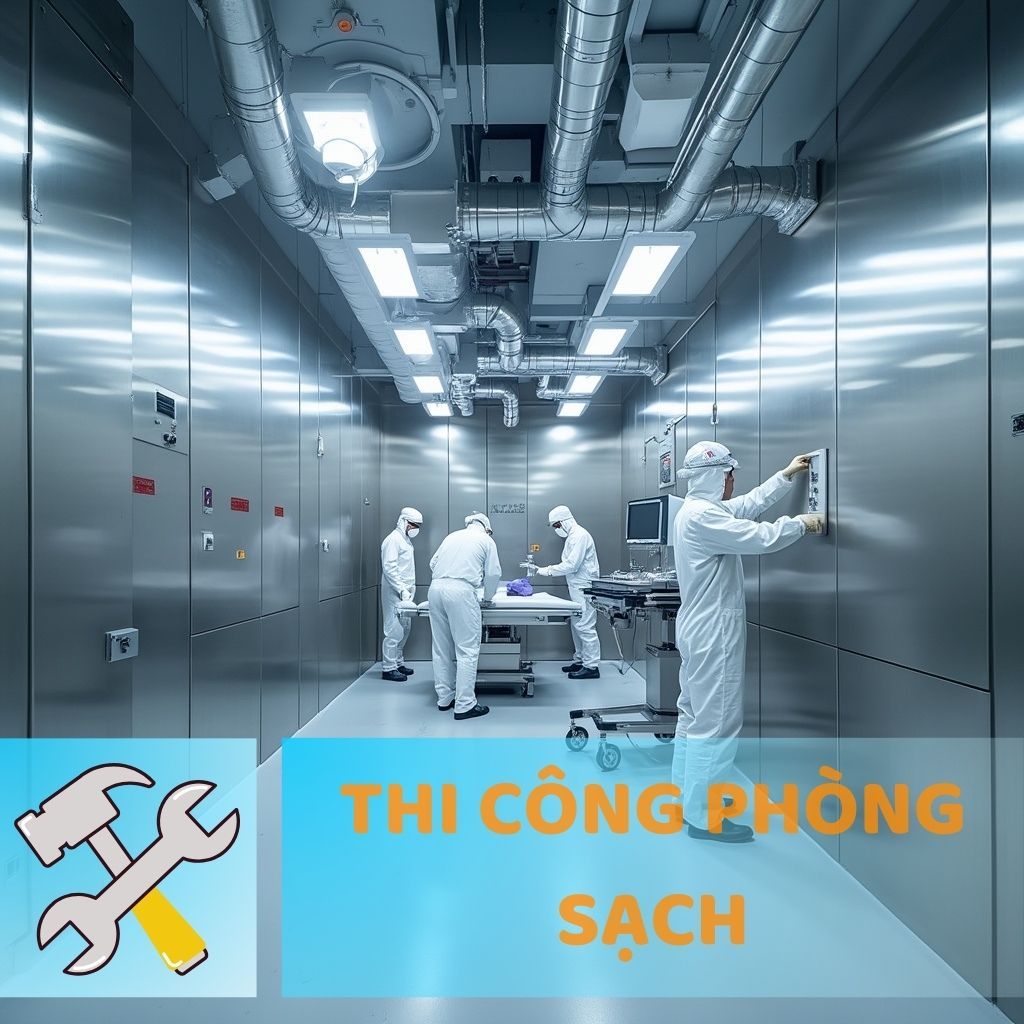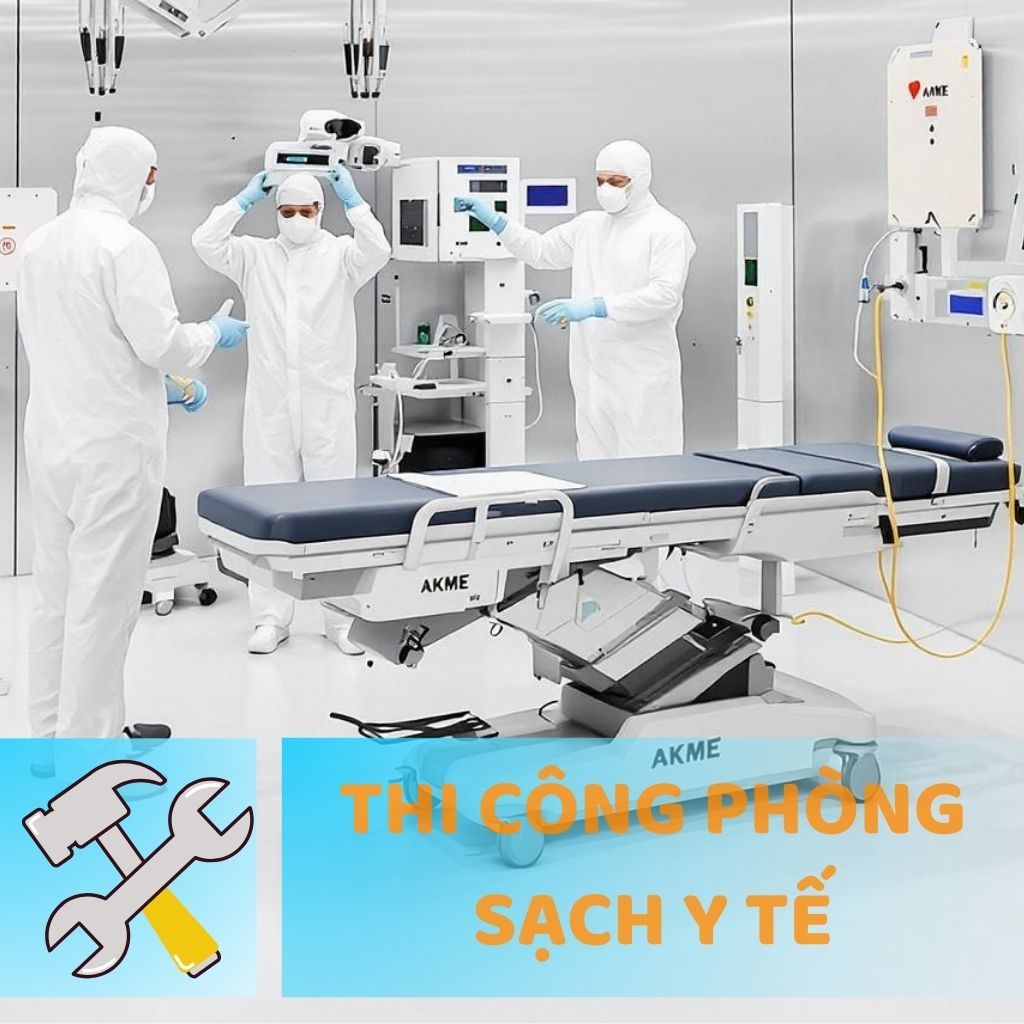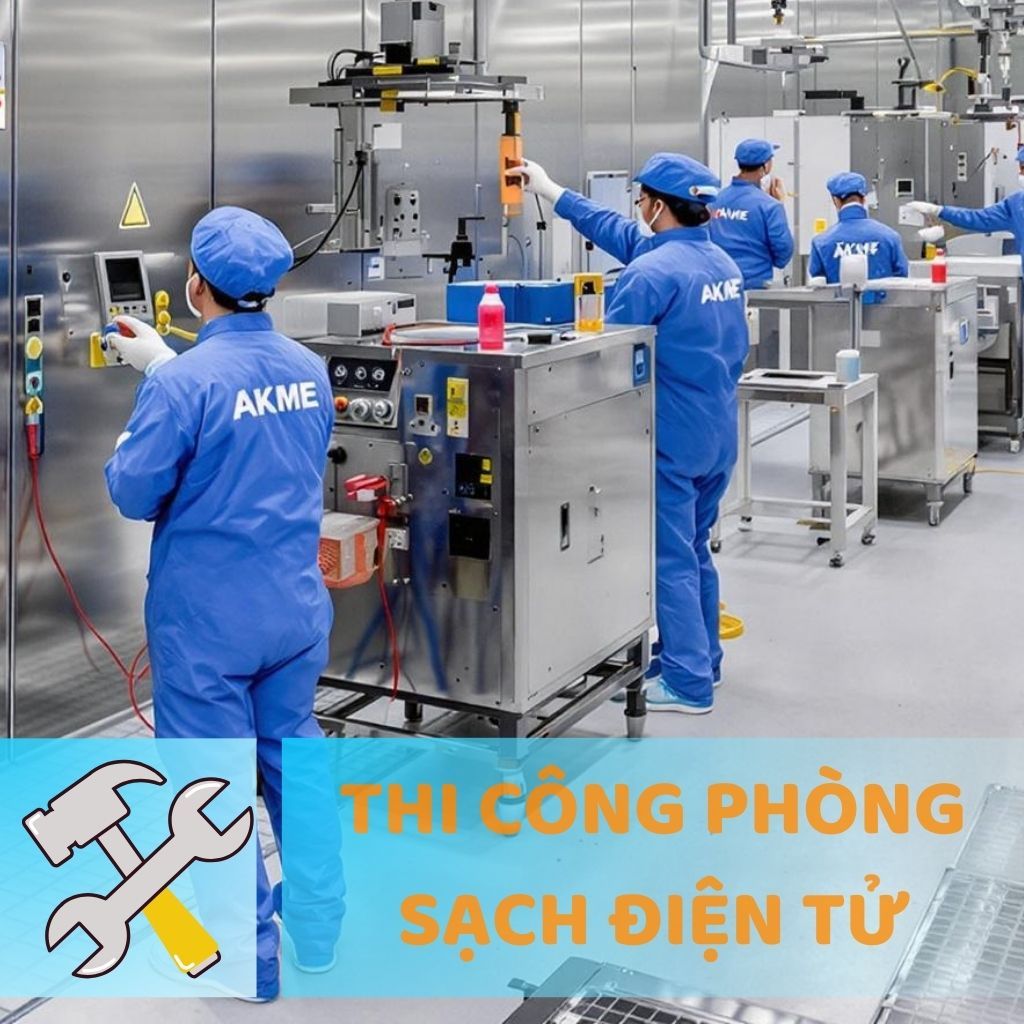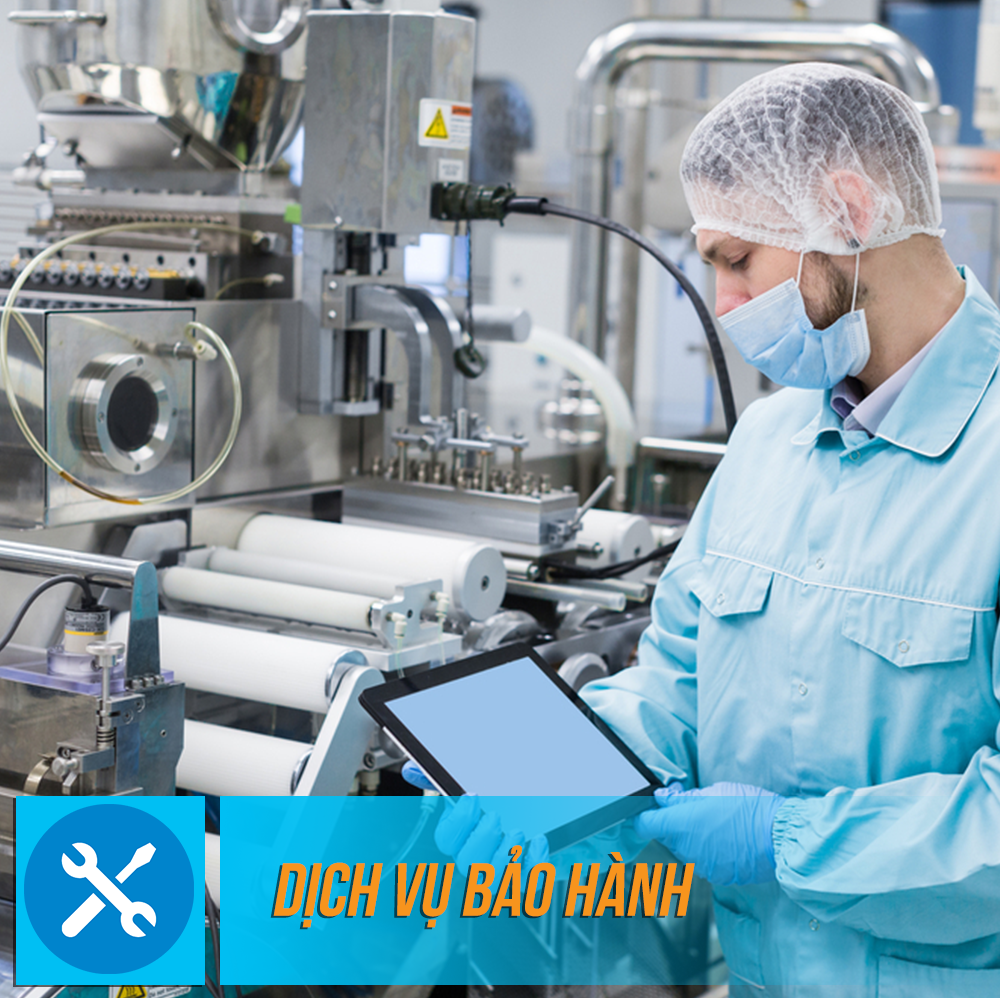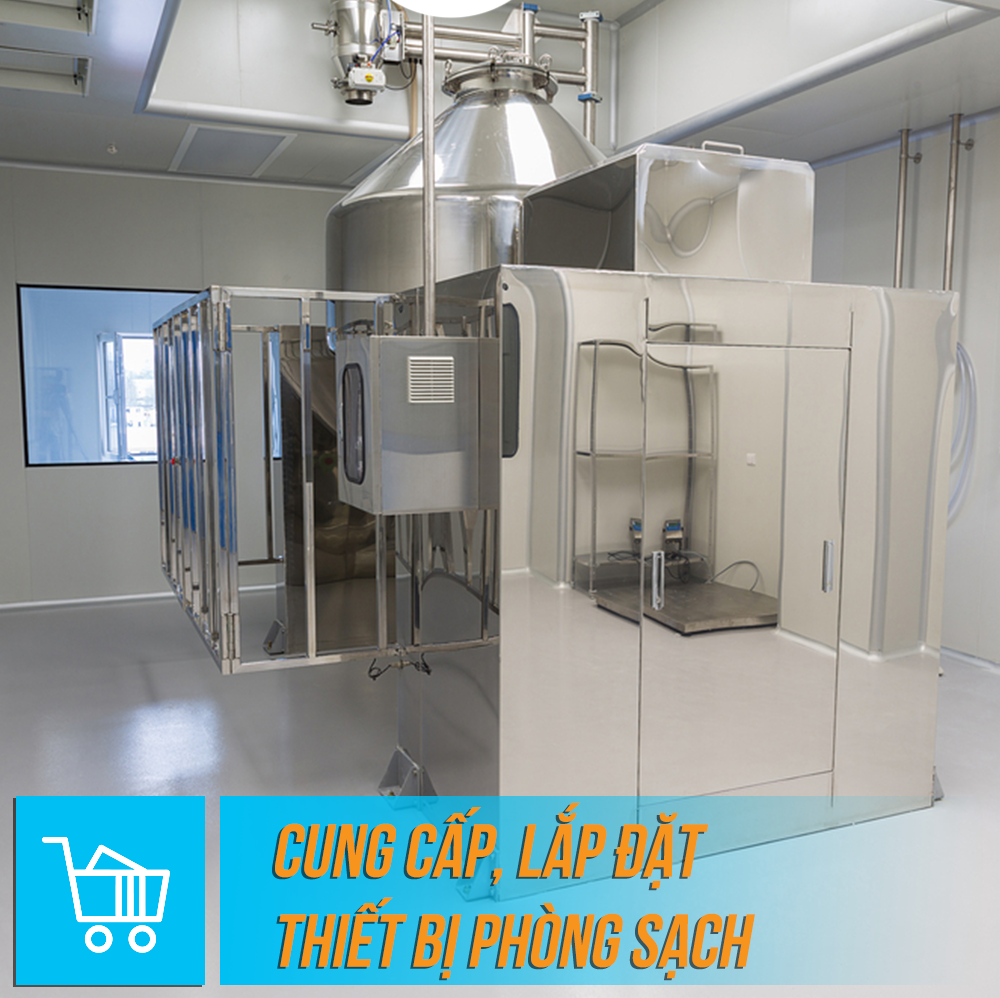Cell and gene therapy: new challenges and opportunities for the packaging and pharmaceutical industries
14:03 - 27/08/2025 163
Steriline presents innovative technologies and packaging solutions for primary packaging of high-value, personalized therapies at CPHI Barcelona
Cleanroom Light Indicators: Improve Safety & Optimize Processes
Tersicoccus phoenicis: Dormant Bacteria Challenges NASA's Sterile Process
Sustainable Packaging for Cleanrooms: Optimization & Innovation
Vietnam's Amended Pharmacy Law: Important amendments & opportunities for businesses
☰ Article Table of Contents
- 1. Cell and Gene Therapies (CGTs): New Challenges and Breakthrough Opportunities for the Pharmaceutical and Packaging Technology Industry
- 1.1. The Development Context of Cell and Gene Therapies
- 1.2. Challenges in the Packaging Process for CGTs
- 1.3. The "Zero-Loss" Solution – Absolutely Minimizing Product Loss
- 1.4. Robotics and Closed Systems – The Future of CGT Manufacturing
- 1.5. The Need for Flexible Equipment in Personalized Manufacturing
- 1.6. Steriline's Pioneering Role in the CGT Field
- 2. Conclusion & Shared Perspectives
Cell and Gene Therapies (CGTs): New Challenges and Breakthrough Opportunities for the Pharmaceutical and Packaging Technology Industry
1. The Development Context of Cell and Gene Therapies
In the past decade, Cell and Gene Therapies (CGTs) have emerged as one of the most groundbreaking directions in modern medicine. This is a group of advanced therapies that use living cells or genetic material to treat serious diseases such as cancer, immune disorders, and rare diseases that previously had no effective treatment.
Unlike traditional drugs manufactured with a fixed formula and distributed on a large scale, CGTs are often personalized for each patient, sometimes even from the patient's own cells or DNA. This characteristic offers outstanding therapeutic potential but also poses significant challenges in the manufacturing, packaging, and quality control processes.
2. Challenges in the Packaging Process for CGTs
The packaging and handling process for CGT products has entirely different characteristics:
- Extremely high product value: A single vial can be worth tens of thousands to hundreds of thousands of US dollars. Therefore, any error in the filling, capping, or storage process can lead to immense losses.
- Small volume, high personalization: The product is often manufactured for individual patients, and excess production for backup is not possible. This demands packaging technology that is absolutely precise and loss-free.
- Strict sterility requirements: CGTs are administered directly into the patient's body, so the risk of contamination must be eliminated at the highest level, far exceeding many standard pharmaceutical regulations.
3. The "Zero-Loss" Solution – Absolutely Minimizing Product Loss
One of the pioneering initiatives comes from Steriline, a company specializing in sterile packaging technology, which is the application of the "zero-loss" principle.
- This technology is designed to detect deviations early in the filling and capping process from the very first seconds.
- The system has the ability to rework individual units instead of rejecting the entire batch, saving enormous costs.
- This is a significant step forward to ensure that no precious dose is wasted, especially in the context of the extremely high research and manufacturing costs of CGTs.
4. Robotics and Closed Systems – The Future of CGT Manufacturing
The use of isolators combined with sterile robots is becoming the gold standard in CGT manufacturing:
- Isolators provide a Grade A environment where sensitive operations like filling and packaging occur without being affected by external factors.
- This system helps minimize the required controlled cleanroom area, while also reducing operating costs according to cGMP standards.
- Sterile robots replace direct human intervention, eliminating the risk of contamination from personnel. The robots can be programmed to fill, cap, and operate precisely according to the production "formula" specific to each patient.
When combined with isolators, robots create a closed, safe, and consistently repeatable process, ensuring that each dose is manufactured to the same highest quality standard.
5. The Need for Flexible Equipment in Personalized Manufacturing
CGTs are not like conventional drugs with production volumes of millions of doses per year. Instead, many therapies only need to be produced for a very small number of patients, sometimes just a few doses. This leads to:
- The need for flexible equipment: The system must be able to quickly adjust between small orders.
- Scalability: From pilot to commercial production, the equipment must ensure stability without increasing the risk of contamination.
- Cost optimization: The use of robots and closed systems helps minimize waste, thereby supporting the commercial viability of CGTs, which already have very high production costs.
6. Steriline's Pioneering Role in the CGT Field
Steriline has demonstrated its role as a strategic partner in the advanced pharmaceutical industry:
- Introducing the "zero-loss" solution to help save production costs.
- Developing isolator and sterile robot technology to maintain a closed environment that meets international standards.
- Providing flexible equipment that supports small-scale production while still ensuring GMP-compliant drug quality.
These innovations are reshaping the value chain in CGT manufacturing, from research to commercialization, while also opening up possibilities for expanding the cell and gene therapy industry on a global scale.
Shared Perspectives
The emergence and development of Cell and Gene Therapies (CGTs) represent a major turning point in modern medicine, bringing new hope to millions of patients. However, along with this potential comes a series of challenges in manufacturing, packaging, and ensuring sterility.
Solutions like zero-loss, isolator systems, and sterile robots not only ensure safety and efficacy but also enhance commercial viability, helping CGTs truly become a breakthrough therapy in medicine.
In the future, the combination of automation technology, closed systems, and flexible manufacturing will be the key to the sustainable development of the CGT industry, turning personalized medicine from a dream into reality.
 | ANH KHANG CLEANROOM MECHANICAL AND ELECTRICAL JOINT STOCK COMPANY Hotline: 1900 636 814 - 0902 051 222 Email: info@akme.com.vn Website: akme.com.vn Add: Lot B7 - Xuan Phuong Garden - Phuong Canh - Nam Tu Liem - Hanoi. |
12:05 - 28/11/2019 47180
Cleanroom Design and Construction
14:05 - 11/03/2025 19380
GMP and ISO Standard Cleanroom Construction
14:18 - 11/03/2025 11861
ISO Standard Medical Cleanroom Construction
14:13 - 28/02/2025 22732
Electronics Cleanroom Construction
16:15 - 18/03/2021 4304
Warranty Service
16:26 - 28/11/2019 16927
Supply and installation of cleanroom equipment
14:50 - 26/11/2019 5741
Technology Production Line Consulting
16:35 - 19/03/2025 18013




